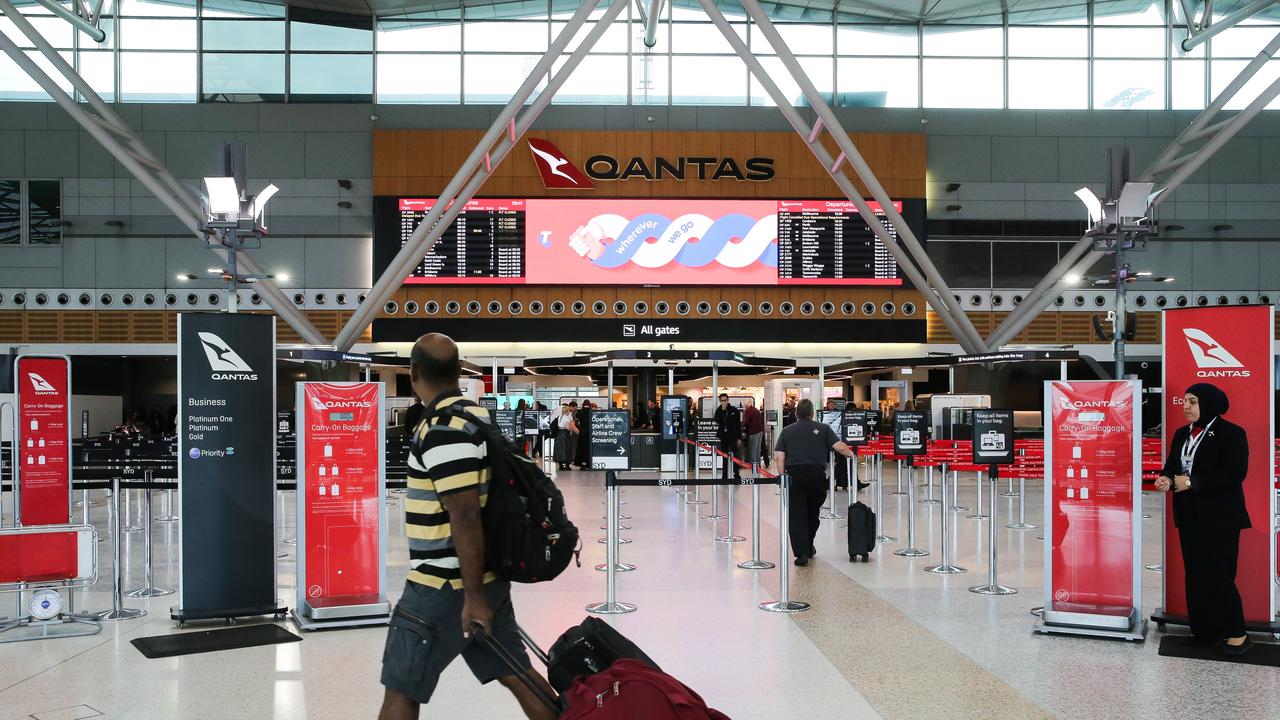How Aussies can travel to Europe on a budget and save thousands of dollars
Think a European summer is out of reach due to rising costs? One couple proves how you can travel while saving thousands. See their tips.

Travel
Don't miss out on the headlines from Travel. Followed categories will be added to My News.
While many local and international celebrities are overseas soaking up the European summer, it doesn’t mean cash-strapped Aussies have to miss out.
Phil Buhagiar from Sydney is saving to build his dream home but managed to save enough money to travel across Europe to Greece, Berlin, Montenegro and Budapest without racking up massive credit card debt.
Mr Buhagiar, 39, admits he was forced to cut his trip short to 2.5 weeks just last month, with the cost of travel rising.
But he and his husband Mike Munn planned ahead to ensure they were in a better position financially to enjoy their holiday. which cost them about $20,000 in total.

“I’m a big fan of using different accounts to save for different things. I have dedicated accounts for things like travel, our mortgage, and day to day spending,” he said.
“I like to keep it all separate so I’m not tempted to dip into these funds. Out of sight, out of mind!
“We’re also big fans of using credit cards to rack up points to fly. It’s awesome for international travel, especially long haul flights from Sydney.”
New data from ING has found that for the 70 per cent of people dreaming of holidaying in Europe this year, affordability continues to be a top barrier, with 61 per cent citing this as a blocker.

On average, Australians estimate they’ll need $10,490 for a two-week holiday in Europe. However, they are willing to spend $8,866—15 per cent less than their anticipated trip cost.
This means it would take almost two years for Aussies to save for a two week holiday in Europe.
The data also showed Aussie travellers were also being left $600 million out-of-pocket in international transaction fees in the last year – which equates to or $92.62 per person.
Cybersecurity expert McAfee also issued a stark warning after new research revealed a third of Australians have fallen victim to a travel scam while on holiday, with the majority impacted financially.
The most common mistakes Australian travellers make while overseas that exposes them to scams include:
- Charging phones via public USB portals
- Not checking the security of Wi-Fi networks in accommodation before connecting
- Researching local attractions of restaurants on social media
- Forgetting to log out of streaming accounts on accommodation devices
- Posting social media content while still on holiday

To avoid getting stung overseas, Mr Buhagiar said travellers must do their homework.
“Research, research, research. It’s all about finding a card that doesn’t charge foreign transaction fees, as those can quickly add up,” he said.
“I’m not a fan of carrying around a lot of cash, so having a card that doesn’t charge those nasty fees is key when trying to travel on a budget.
“Even though I like to use cards that earn points, I wouldn’t use a card that charged a 3 per cent foreign transaction fee even if it earned points – it completely negates the (points) benefit.”
Mr Buhagiar said tapping into side hustles also cannot be underestimated.

“A few years back, I used my side hustle as a graphic designer to fund my trips, saving about $10,000 for a trip on average,” he said. “These days, my husband Mike’s side hustle as a machine learning engineer course teacher has supported our travels as well, where he was able to save about $30,000 in total, which we put a portion towards our trip.”
Mr Buhagiar also recommends using Instagram and TikTok to find “lesser-known attractions and places” to eat, and avoid overpriced venues before you go.
“We have been to Europe before and ticked off some of those big flashy must dos, so this time around we wanted more of a local experience.
“There’s a ton of other travellers like us who want to experience the less touristy parts of Europe, which often can be more budget friendly too.”
More Coverage
Originally published as How Aussies can travel to Europe on a budget and save thousands of dollars





